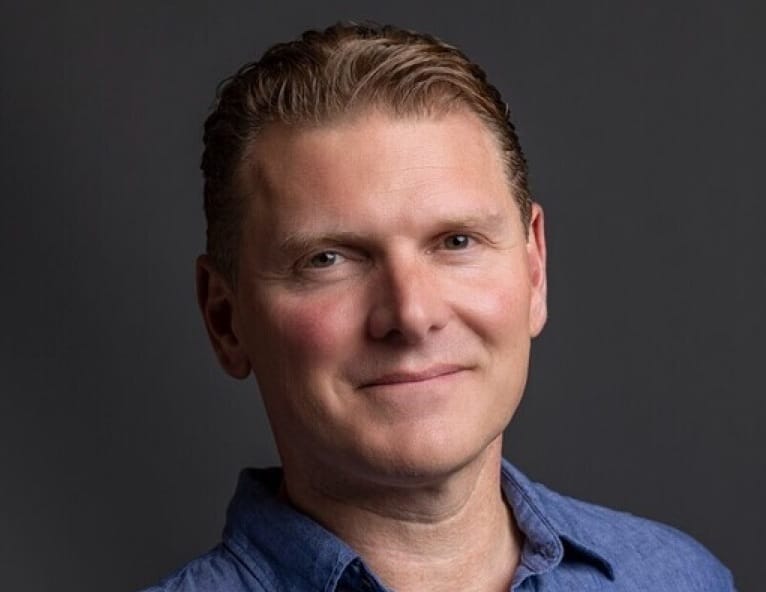A year after Oracle closed the $28.3 billion acquisition of healthcare software company Cerner, Larry Ellison says his company is “basically rewriting” its core software asset Millenium “a piece at a time.”
His comments come five months after the US Department of Veterans Affairs (VA) put a $16 billion Oracle Cerner deployment on ice, after an audit found that its failures had caused "multiple events of patient harm."
Oracle had inherited that deal as part of its Cerner acquisition – and with it the news that between the Cerner system go-live in October 2020 through June 2021 alone, it had "failed to deliver more than 11,000 orders for requested clinical services" owing to alleged system design errors.
Oracle’s Cerner acquisition – its largest ever deal - aimed to ensure that it had an “anchor asset” in a US healthcare market valued at over $4 trillion. (Oracle expects its healthcare business to win "two large new contracts with a total value of over $1 billion” this quarter it said on an earnings call.)
But capitalising on it has required a rebuild of Millennium; an electronic health record (EHR) system that Cerner describes as “the basis for all our core clinical solutions" according to Oracle’s Chairman Ellison.
Speaking on a September 11 earnings call, Ellison said that the company was undertaking a “two-phase process” with a rebuild of the software system: “The first thing is to… get the existing system hardened, which we've done, and moving the customers to the cloud, which we're in the process of… That will give them better performance, better security, and new features will then start showing up with the system," he told analysts.
“The next is [to] replace feature after feature after feature of the older Cerner system with a new Millennium [system], which we are not coding in Java like we usually do… we are not writing code for the new Cerner; we are generating that code in APEX; it's going extremely well.”
(APEX is Oracle’s low-code platform for application development.)
See also: Oracle CEO vows “we’ve changed our culture” as revenues hit record $50 billion
Ellison made the comments as Oracle reported quarterly revenues of $12.5 billion, up 9% year-on-year, with strong Oracle Cloud Infrastructure (OCI) revenue growth of 66% – “much faster than our hyperscale cloud infrastructure competitors," as Oracle CEO, Safra Catz boasted on the call.
But that VA deployment contract has caused serious reputational issues for Oracle around Cerner. Designed to create a single joint patient record between VA and the Department of Defense, deployment has been riddled with issues like those mentined above and earlier this year the VA said that it was targeting an amended contract that will increase Oracle’s “accountability to deliver a high-functioning, high-reliability, world-class EHR system.”
The issues are not solely software ones but roll-out ones too, a March 2023 VA sprint report shows, suggesting that the “current process for filling out DCW [data collection workbook] spreadsheets and moving the data to the new EHR system lacks consistency and standardization, which may result in errors and/or incorrect local… build.”
Oracle EVP Mike Sicilia earlier said that Oracle would use Cerner to create a “collaborative ecosystem where people, patients, providers, and payors can securely access clinical, operational, and financial data on the cloud.” This, Sicilia wrote, “will break down data silos and provide open systems that talk to and connect with one another to generate actionable, scalable, and global insights previously available.”









